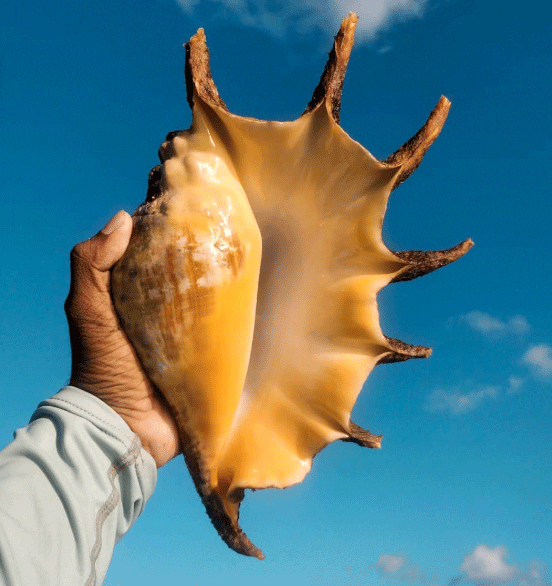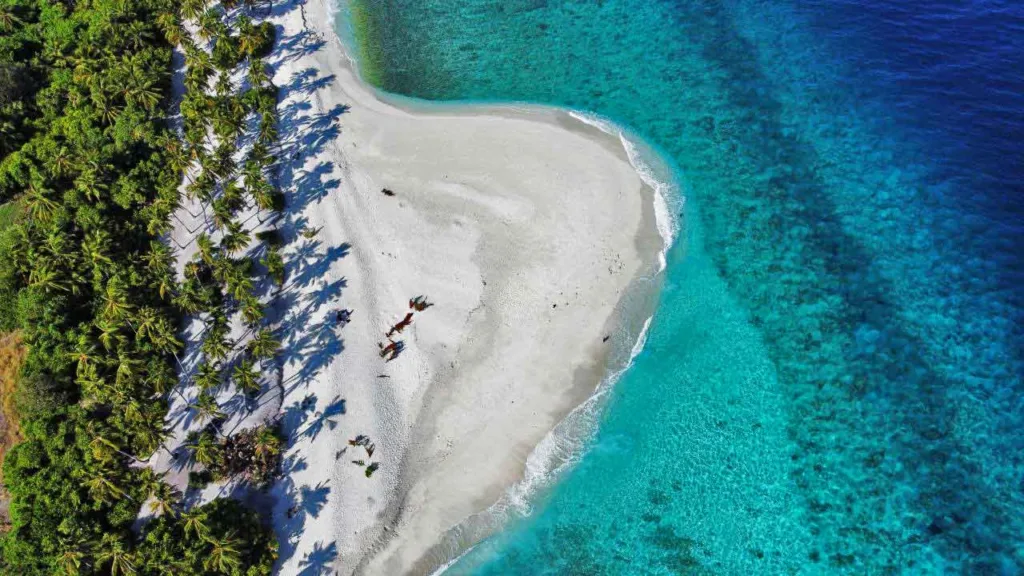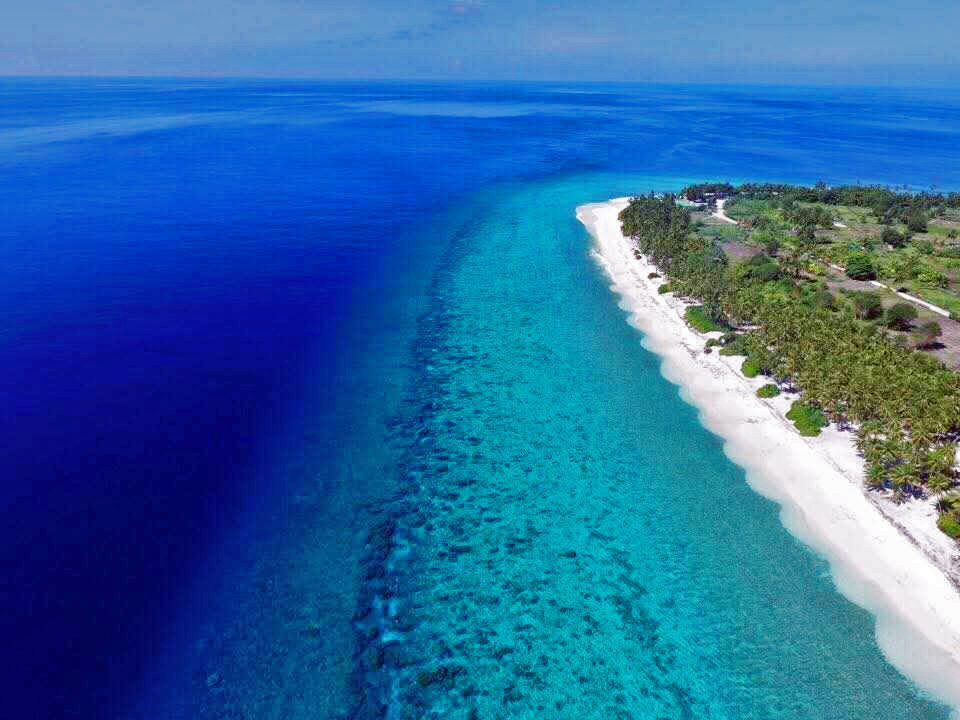
In the enchanted aquatic environment of the Maldives, you can find not only colorful fish but also gorgeous, creepy-looking critters that provide nutritious flesh.
As a little child, I recall feasting on the meat of a reef-dwelling snail-like creature. It is known as golaa in our dialect. We brought these shells home with us after a day of fishing on the fore reef, while the tide was out. Using dried leaves and short branches, we built a fire. Next, we toss it into the flames. We take the meat and eat it after it has been baked or grilled. It tasted absolutely amazing.
“Lambis lambis” (the spider conch) is the subject of this chronicle. Sea snails like this one are captivating. Its eye-catching physical look is a big draw for many. Spikes that protrude from its shell give the impression of spider legs. In the Maldives, this kind of mollusk is a favorite seafood dish. The spider conch inhabits wet and sandy habitats. In terms of ecosystem function, it is crucial. Skimming smaller sea creatures is its specialty.
Embedding of Instagram page permission granted by jumanjiphotos.
In the Maldives, spider conch is well-known. Collectors gather spider conchs for their meat, while shell collectors save them for their exquisite patterns and aesthetic value. The islanders hold the shell in high regard for its cultural value. It is frequently incorporated into jewelry and souvenirs.
One more fascinating illustration of how nature and human imagination meet is Lambis lambis. It exemplifies the ways in which native marine life may enrich and inform human traditions.Researchers in the Philippines set out to find a healthier alternative to traditional seafood dishes by studying spider conch and creating sauces, spreads, and patties with this seafood. Determining the most acceptable formulation of nutritious dishes was the technique of the trial.
The three spider conch dishes were analyzed based on their pure vitamin A content. Spider conch is a better alternative product than commercial sauces in terms of iodine content, proteins, and vitamins, according to this study. TVitamins A, B, and E are supposedly more abundant in spider conch goods compared to their conventional equivalents. According to Garces, Pepito, Minoza, Diaz, and Tejas (2016)
The spider conch is a common marine inhabitant of sandy bottoms close to shore. Even though it’s big, the spider conch is usually hard to spot due to its highly disguised shell. There is a considerable difference in appearance between male and female snails. The males often have shorter spines on the outside lip and smaller shells, but the females deposit strings of bright orange eggs. In discovering a spider conch, one is reminded of the astounding variety and magnificence of marine life.

